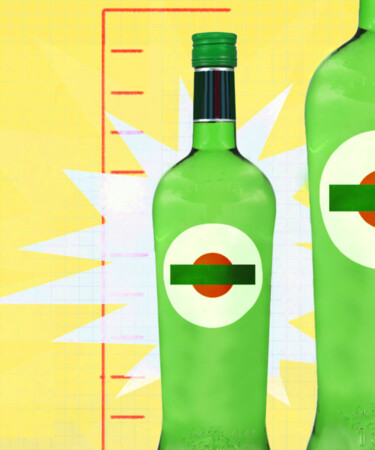Bright, herbaceous, and complex, vermouth plays a vital role in classic cocktails like the Martini, Manhattan, and Negroni.
Available in a variety of styles ranging from sweet red to dry white and semi-sweet bianco (or blanc), the aromatized wine differs from other spirits and liqueurs in that, while those can be shelf-stable for a year or more, vermouth only lasts for about a month after the bottle is opened.
Just as wine’s flavor begins to change after the cork is popped, vermouth starts to oxidize as soon as the bottle is opened. As the liquid oxidizes, it begins to lose its complex, aromatic notes, changes in color, and ultimately takes on a vinegary profile. This spoiled fortified wine will instantly spoil any cocktail it’s mixed in.
At professional bars, oxidation isn’t usually an issue because of how many cocktails they sell on any given night. However, vermouth is often used in such small quantities in most cocktails that, unless entertaining, it can be challenging for home bartenders to make it through a full 750-milliliter bottle in time.
To prevent vermouth from going to waste, consider instead the smaller 375-milliliter bottle. Half the size of a standard bottle, the smaller quantity gives at-home drinkers a better opportunity to make it to the bottom before the liquid spoils
Once you get your hands on a half-sized bottle, it’s essential to store it properly to maintain freshness. Once opened, vermouth needs to be refrigerated, as colder temperatures help counter oxidation. After cracking the seal on a half-bottle of vermouth, reseal it with its original topper before popping it into the fridge. Note that vermouths with a screw-top are good to leave upright, while those with a cork are best stored on their sides.
